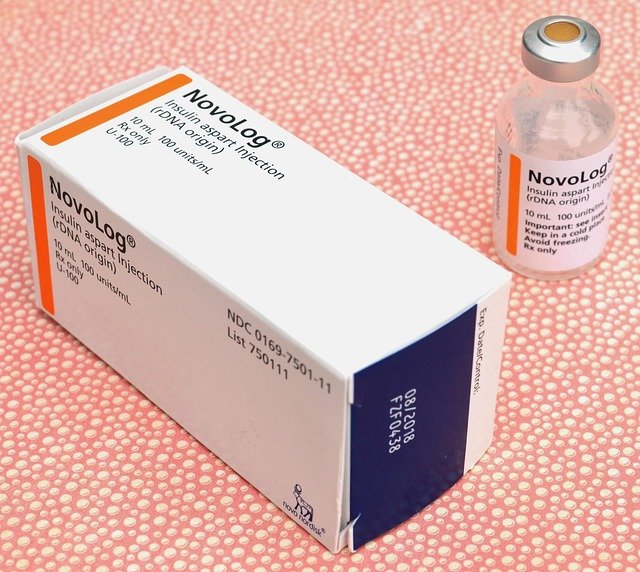New treatment approach to chronic pain
Chronic pain affects millions of people worldwide, impacting their quality of life and daily functioning. Traditional approaches to pain management often rely heavily on medication, which can lead to unwanted side effects and potential dependency. However, a new treatment approach called Pain Reprocessing Therapy (PRT) is gaining attention for its drug-free approach to chronic pain management.

What is Pain Reprocessing Therapy?
Pain Reprocessing Therapy is a novel psychological treatment aimed at addressing chronic pain by retraining the brain’s pain processing system. This approach is based on the understanding that in many cases of chronic pain, the brain continues to send pain signals even when there is no ongoing tissue damage or physical threat. PRT focuses on helping patients recognize that their pain is not indicative of bodily harm and teaching them to reinterpret pain sensations as non-threatening.
How does Pain Reprocessing Therapy work?
PRT works by targeting the neural pathways associated with pain processing. The therapy involves a combination of education about pain neuroscience, mindfulness techniques, and cognitive-behavioral strategies. Patients learn to identify and challenge their pain-related thoughts and beliefs, gradually changing their emotional and physiological responses to pain sensations. Through repeated practice, individuals can rewire their brain’s pain circuits, potentially reducing or eliminating chronic pain.
What are the key components of Pain Reprocessing Therapy?
Pain Reprocessing Therapy incorporates several key components to address chronic pain:
-
Pain education: Patients learn about the role of the brain in pain perception and how chronic pain can persist even without ongoing tissue damage.
-
Mindfulness practices: Techniques to increase body awareness and observe pain sensations without judgment or fear.
-
Cognitive reframing: Identifying and challenging pain-related thoughts and beliefs that may be contributing to the pain experience.
-
Exposure exercises: Gradually engaging in activities that may have been avoided due to pain, helping to retrain the brain’s response to these activities.
-
Emotional processing: Addressing any underlying emotional factors that may be contributing to the pain experience.
What types of chronic pain can be treated with PRT?
Pain Reprocessing Therapy has shown promise in treating various types of chronic pain conditions, including:
-
Chronic back pain
-
Fibromyalgia
-
Chronic headaches and migraines
-
Temporomandibular joint (TMJ) disorders
-
Chronic pelvic pain
-
Repetitive strain injuries
While PRT may not be suitable for all types of chronic pain, particularly those with clear ongoing tissue damage or disease processes, it offers a potential alternative or complement to traditional pain management approaches for many individuals.
How effective is Pain Reprocessing Therapy?
Recent research has shown promising results for Pain Reprocessing Therapy in the treatment of chronic pain. A study published in JAMA Psychiatry in 2021 found that 66% of participants with chronic back pain who underwent PRT were pain-free or nearly pain-free after treatment, compared to just 20% of participants who received placebo treatment. Additionally, these results were largely maintained at a one-year follow-up.
| Study | Participants | Treatment Duration | Pain-Free or Nearly Pain-Free After Treatment | Pain-Free or Nearly Pain-Free at 1-Year Follow-up |
|---|---|---|---|---|
| JAMA Psychiatry 2021 | Chronic back pain patients | 4 weeks | 66% | 58% |
| Placebo group | Chronic back pain patients | 4 weeks | 20% | 20% |
Prices, rates, or cost estimates mentioned in this article are based on the latest available information but may change over time. Independent research is advised before making financial decisions.
How can I access Pain Reprocessing Therapy?
As Pain Reprocessing Therapy is a relatively new approach, availability may be limited in some areas. However, interest in this treatment is growing, and more healthcare providers are beginning to offer PRT or similar pain retraining approaches. To find a practitioner offering Pain Reprocessing Therapy:
-
Consult with your primary care physician or pain specialist for referrals.
-
Check with local pain clinics or psychological services that specialize in chronic pain management.
-
Look for online resources and directories of PRT-trained practitioners.
-
Consider telehealth options, which may provide access to PRT even if there are no local providers.
Pain Reprocessing Therapy represents a promising new frontier in chronic pain management techniques. By offering a drug-free pain treatment approach that targets the brain’s pain processing system, PRT has the potential to provide lasting relief for many individuals struggling with chronic pain. As research continues and more healthcare providers adopt this approach, PRT may become an increasingly accessible and effective option for those seeking alternative methods to manage their chronic pain.
This article is for informational purposes only and should not be considered medical advice. Please consult a qualified healthcare professional for personalized guidance and treatment.




